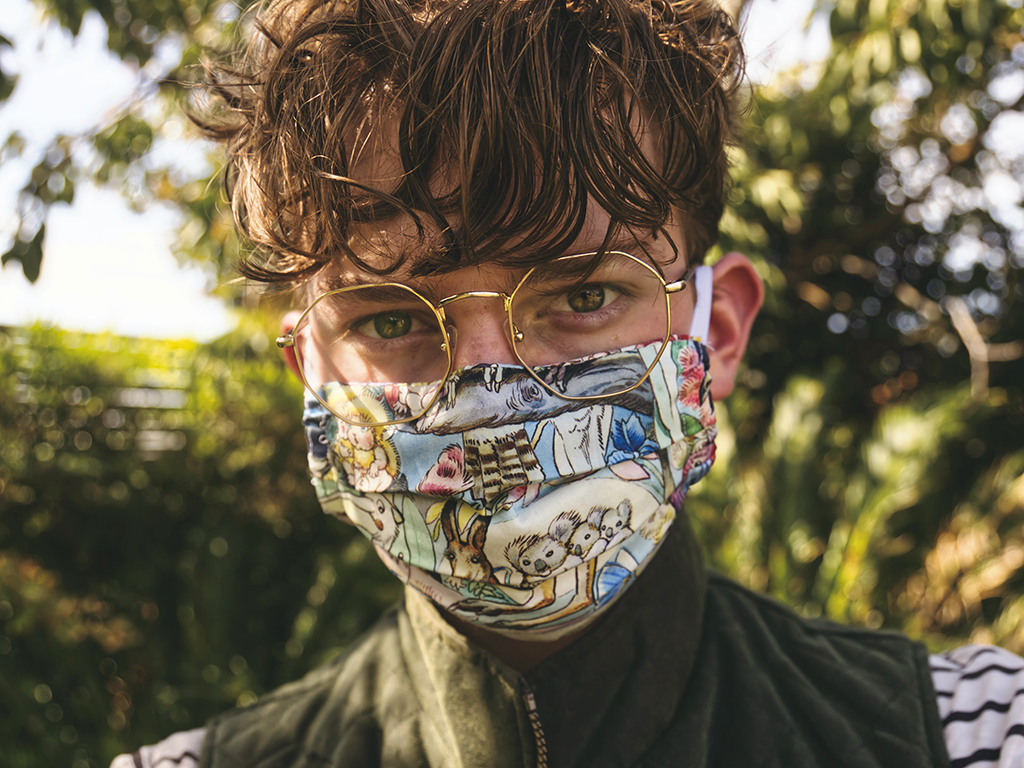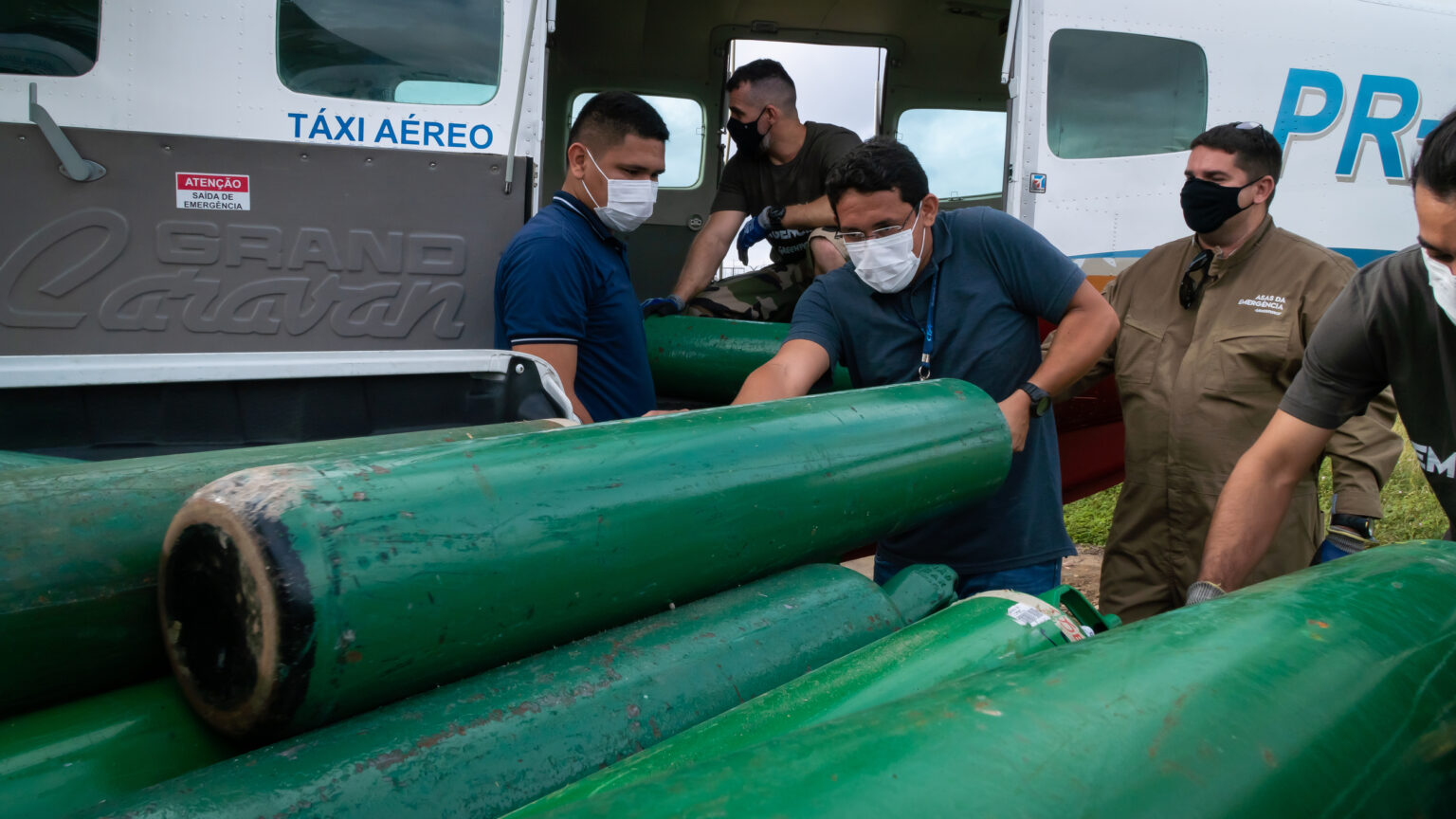Responding to the COVID-19 Coronavirus
In response to the COVID-19 Coronavirus, here at Greenpeace we’re making sure our staff and their whānau are safe and cared for by having as many people as possible work from home for the foreseeable future. But our work goes on, even if there are a few more children and pets sighted in video meetings. It’s too important not to. Our rivers still run dirty and our oceans continue to need vital protection. We will not lose sight of that.

-

How to make a reusable covid mask and avoid plastic pollution
Masks can be purchased at supermarkets, but we can also make our own upcycled face masks using items we might already have at home and avoid contributing plastic pollution. (Bonus points if you don’t buy anything new!)
-

Brazil’s government is failing Indigenous Peoples. Here’s how Greenpeace is helping
Greenpeace is helping to deliver equipment and medical supplies – including oxygen to Indigenous communities – in an effort to save lives.
-

Climate and health – what’s the link?
For those who missed it – a climate newsflash from the clever people keeping us safe from Covid – if we make the improvements we need to keep the world from overheating, we also improve the health and wellbeing of our nation – big time.
